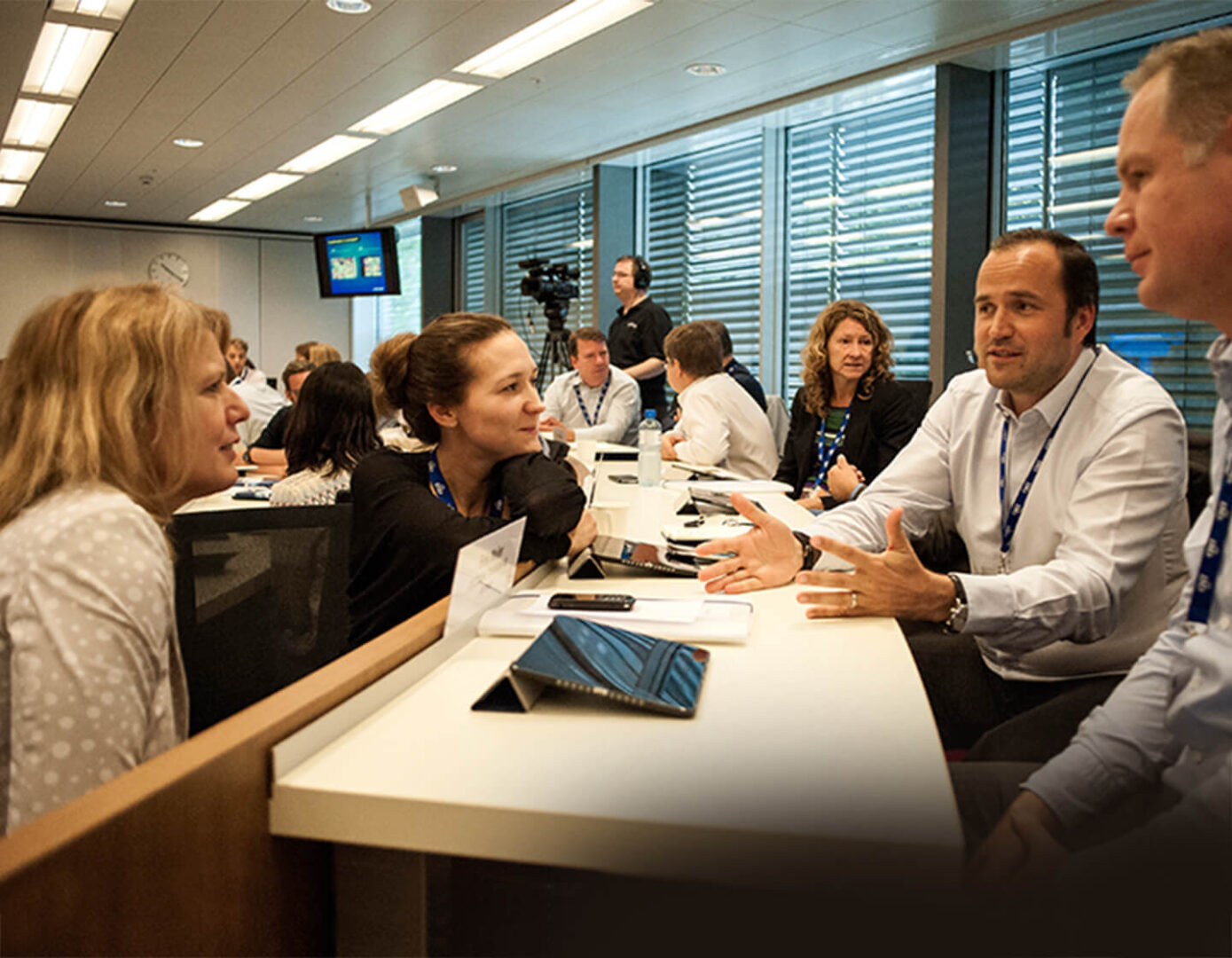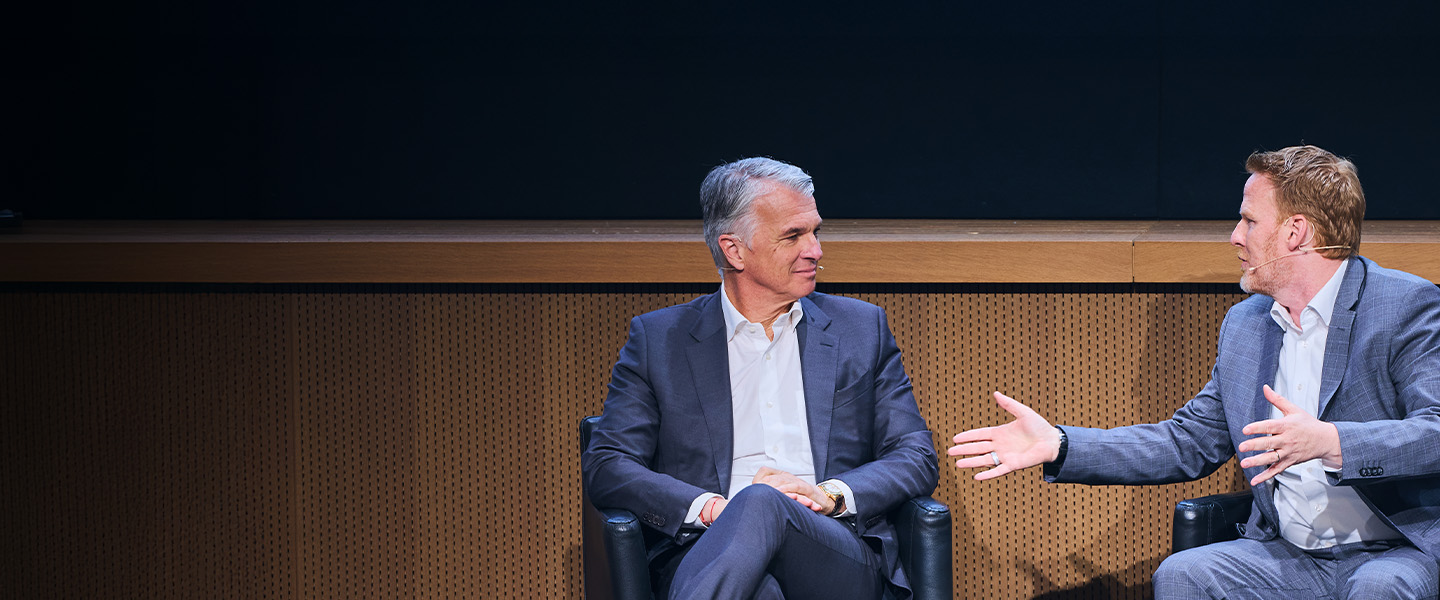
10 "people" mistakes leaders make
Much of today’s leadership writing focuses on what high-performing leaders should do. Certainly, that material helps from a theoretical and aspirational point of view. Yet what really haunts leaders on a day-to-day basis is the mistakes that they make. They don’t trip up because they are bad people; they most often fumble because of a lack of knowledge, bad habits, or too much stress.
The most common – and, not coincidentally, most damaging – mistakes involve interacting with people in the wrong way. Here are 10 such people mistakes that I see in the field, and I’m sure you witness too:
1. Not taking time to bond with people
A leader who is not interested in people on a human level is off to a bad start. A leader who is conceptually interested in others but doesn’t make time to “bond” with people misses the mark as well – whether those people are employees, colleagues, customers, or other stakeholders. Bonding is a deep emotional connection that is different from simply liking someone. In fact, you do not have to like someone to bond with them. But you do have to get to know who the person is and understand what motivates them. And this does not need to be overly time consuming. It can be achieved through non-verbal communication like smiling, using eye contact, or paying attention to your tone of voice, or verbally by giving appropriate compliments or praise. It means finding opportunities to interact with your team members beyond purely just dealing with the task at hand by asking questions or displaying behavior that shows you are interested in them.
2. Being unavailable and inaccessible
Clearly, leaders need to delegate tasks. Yet delegation should not mean emotional detachment. Leaders who assign tasks and walk away with a completely hands off approach abandon their people. Good delegation relies on signaling a willingness to remain connected and available. That doesn’t mean that you have to respond to every small request straightaway. It does mean, however, that you’ve created channels for people to reach you as well as guidelines for using those channels.
3. Not focusing on developing talent
Too often, leaders focus exclusively on achieving company goals, and in that push deny the inherent human need to learn. People want to expand their skills and competencies beyond just doing their daily work. It’s vital to understand that learning is an integral part of achieving results. When you prioritize learning, you become a great leader who can spot and develop talent in people who might themselves be unaware of it. You become, quite simply, a talent hunter.
Want to go more in-depth, read: Why learning and development attracts talent
4. Not giving regular feedback about performance
People achieve high performance only if they know the truth about their effectiveness. Leaders often ignore this need and thereby rob people of the key to develop their skills and talents. While tough feedback can be painful, great leaders know how to deliver this pain in a way that turns it into a gain, so much so that employees will say, “Thank you – give me more!” Talented people – those who want to learn – would rather be “slapped in the face with the truth than kissed on the cheek with a lie”. Develop your ability to convey hard truths about performance and unlock the door to higher performance.
5. Not taking emotions into account
The strongest emotions are related to loss, disappointment, failure, and separation. In fact, research clearly shows that loss, and even the fear of anticipated loss, can drive and influence people’s behavior much more than potential benefits and rewards. Leaders who ignore the emotions of loss and disappointment make a major mistake that greatly reduces employee engagement. Sometimes, emotions stemming from loss can be expressed as anger, fear, or sadness. You can make a huge difference simply by being aware of these emotions and showing authentic empathy in that part of a person’s experience. Learn to use respectfully the question, ‘How do you feel?” and not just, “What do you think?”
6. Managing conflict ineffectively
Conflicts that are not addressed can block co-operation and alignment around common goals. Tension, destructive emotions, and polarization can build up and lead to negative behavior. Conflicts become “fish under the table”, even though everyone acts like they are not there – and their abiding “smell” permeates the whole atmosphere. It’s up to you as a leader to “put these fish on the table” and “clean them” by solving the underlying conflict. Your reward: a great fish dinner at the end of the day – an environment that provides nourishing inspiration to build even better and stronger teams. Hidden or open conflicts will lead to a toxic environment and must be addressed. This means having the courage to face conflicts openly
Want to go more in-depth, read: How to manage conflict: Six essentials
7. Not driving change
Without change, our organizations, like all organisms, wither and ultimately die. Leaders who don’t drive change put their companies in grave danger. Explain the benefits that changes will bring – and do so knowing that people do not naturally resist change: they resist the fear of the unknown or the pain that might come with the transition. Your job is to be a “secure base” who gives a sense of psychological safety as well as the encouragement and energy to explore. In other words, you must care enough to encourage daring. This combination is crucial, and it’s why my book about unleashing astonishing potential is called Care to Dare.
8. Not encouraging others to take risks
The human brain is, by default, defensive and risk averse to ensure survival. After a certain point, however, this survival state can in fact be destructive. With intention, practice, and, most importantly, positive role models, people can shift their mindset to embrace risks. Sometimes the greatest mistakes in life come from being too afraid to take risks. Too many leaders encourage people to stay in their comfort zone, or, as I like to say, “play not to lose”. However, the best leaders create enough trust so that others feel safe and supported to take risks and “play to win”. This is an active, positive way of behaving that fuels change and ultimately enables people to thrive and sustain high performance and not just survive.
9. Misunderstanding motivation
Most people are driven by “intrinsic motivators” like being challenged, learning something new, making an important difference, having a meaning or purpose, or developing their talents. Too many leaders miss the opportunity to capitalize on this internal guidance system and instead focus on “extrinsic motivators” like bonuses, promotions, money, and artificial rewards. Sure, you need to pay people fairly. Keep in mind, however, that such external carrots and sticks distort the internal motivation system. The COVID-19 pandemic clearly made a lot of people reflect on what is really important and truly meaningful to them. You will be a better leader – and more likely to keep your employees – when you focus on inspiring people and tap into what they truly desire to achieve in terms of growth and contribution.
10. Managing activities rather than leading people
People hate it when they are treated like cogs in a machine. Yet so much of management is about controlling, administering, and planning activities, and, by extension, people. Leadership, on the other hand, involves inspiring, encouraging, and bringing out the very best in people by building a sense of trust and by challenging them to take positive risks. To be a leader, and not just a manager, you need to focus, therefore, on people as people. Leading is relationship based and relies on building connections and bonding. That takes time and attention and takes us back to the basic of bonding – the antidote to people mistake number one.
George Kohlrieser is Distinguished Professor of Leadership and Organizational Behavior at IMD, a former hostage negotiator, and author of the award-winning bestseller Hostage at the Table: How Leaders Can Overcome Conflict, Influence Others and Raise Performance. His book is Care to Dare: Unleashing Astonishing Potential through Secure Base Leadership.
Research Information & Knowledge Hub for additional information on IMD publications

This episode takes you behind the scenes of a recent gathering led by the World Business Council for Sustainable Development together with IMD, where David Bach sat down with two sustainability leaders.

All organizations should have a plan to secure trust during, after (and even before) a crisis hits. Here are a host of examples, good and bad, to learn from.

Tired teams, wasted weekends, and unread reports—here are 7 ways to restore morale and reignite performance. Avoid unnecessary reporting and non-essential tasks.
The Handtmann case examines the co-CEO leadership model in the context of family business. Based on interviews with three key executives – the co-CEOs and the President of the Advisory Board – the case focuses on how Handtmann handled the leadersh...

The 7 shifts you need to make to lead in a turbulent world for acuity and inner rootedness. Grounded Edge Leadership.

Anxiety can sharpen focus, but if it impacts your well-being or leadership, it’s worth a check-in. These helpful questions may help you reflect.

As corporate America adjusts to a shifting political environment under President Donald Trump, companies must rethink their approach to DEI.

Andrew J Hoffman's book explains how Business schools must cultivate leaders who see beyond profits and embrace business as a powerful force for societal good.

IMD President David Bach goes from the global to the personal with one of the world’s most prominent bankers.

Virtual meetings can be exhausting, but your voice plays a key role in maintaining engagement. Discover expert techniques to keep your voice dynamic and impactful in the virtual world.
Research Information & Knowledge Hub for additional information on IMD publications
in I by IMD
Research Information & Knowledge Hub for additional information on IMD publications
in I by IMD
Research Information & Knowledge Hub for additional information on IMD publications
Research Information & Knowledge Hub for additional information on IMD publications
The Handtmann case examines the co-CEO leadership model in the context of family business. Based on interviews with three key executives – the co-CEOs and the president of the advisory board – the case focuses on how Handtmann handled the leadersh...
Research Information & Knowledge Hub for additional information on IMD publications
Research Information & Knowledge Hub for additional information on IMD publications
in I by IMD
Research Information & Knowledge Hub for additional information on IMD publications
in I by IMD
Research Information & Knowledge Hub for additional information on IMD publications
Research Information & Knowledge Hub for additional information on IMD publications
in I by IMD
Research Information & Knowledge Hub for additional information on IMD publications

